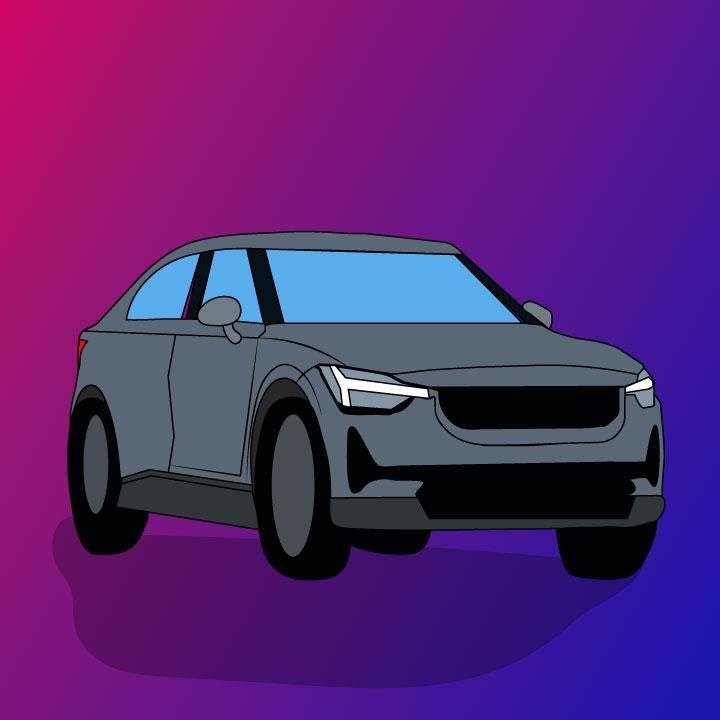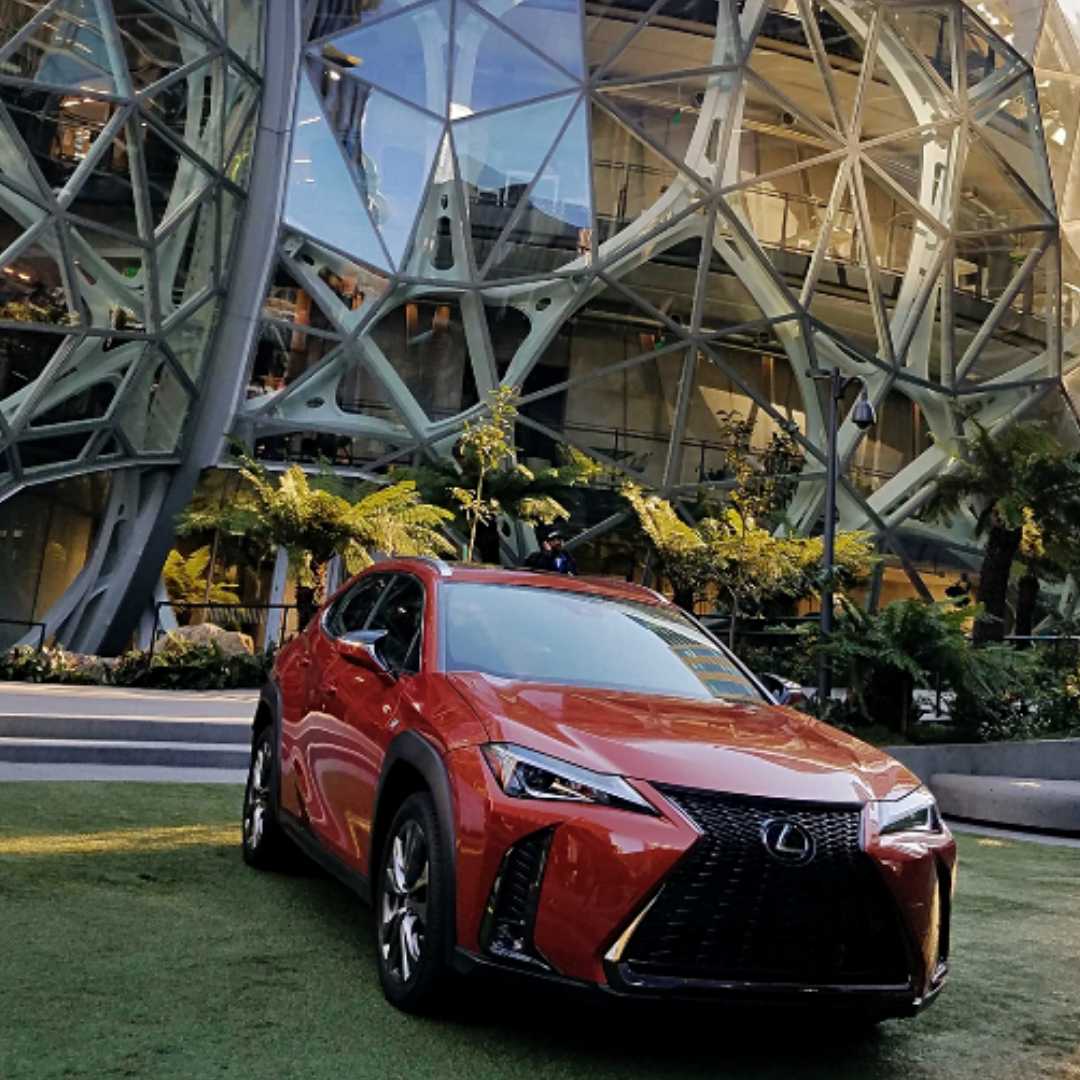Polestar announces Dean Shaw as Head of North American Public Relations and Communications.


Polestar announces Dean Shaw as Head of North American Public Relations and Communications.

BOATYARD RECEIVES PRESTIGIOUS INDUSTRY AWARD FOR INNOVATION

Piano CIty Milano returns in 2022 via 360 Magazine.

Mattel debuted the official Hot Wheels® 1:64-scale die-cast of the 2021 Hot Wheels Legends™ Tour winning 1969 Volvo P1800 Gasser built by Lee Johnstone of the United Kingdom. The first international Tour winner, Johnstone and his daughter, Victoria Upham, attended the global unveiling ceremony in New York City, where their family’s passion project was officially […]

The 2021 Hot Wheels™ Legends Tour Global Grand Finale is here. Presented by Mobil 1, this virtual event is the culmination of the largest ever international hunt for the next custom fan vehicle worthy of being inducted into the Hot Wheels Garage of Legendsä and immortalized as a Hot WheelsÒ 1:64 die-cast toy. Ten finalists, […]

NIO NIO is a Chinese multinational automobile manufacturer headquartered in Shanghai, specializing in designing and developing electric vehicles. The company is also involved in the FIA Formula E Championship, although NIO has ended funding the team after selling to Lisheng Racing. Xpeng Xpeng or Xiaopeng Motors, also known as XMotors.ai, is a Chinese electric vehicle […]

MADD Identifies 241 Examples of Auto Tech to Help Prevent Drunk Driving New Analysis Follows Introduction of Two Federal Bills That Would Lead to Mandate for Drunk Driving Prevention Tech on All New Vehicles Mothers Against Drunk Driving (MADD) released an updated analysis of vehicle technologies that are available now – or in various stages of development […]

By Nica San Juan It was a close race right to the finish line for the top luxury car brands in the US in 2020. For the second consecutive year, BMW clinched the top spot. According to the research data analyzed and published by Stock Apps, the Bavarian automaker sold a total of 278,732 units […]

Forbes Wheels just published a summary of data indicating the links between the car Americans drive and who they’re likely to vote for. Below are the highlights — does your car match your political affiliation? Vehicles And Voting: What Your Car Might Say About How You’ll Vote A month ahead of the U.S. presidential election, […]

By Alexandria Baiz × Vaughn Lowery As of late, 360 Magazine had the opportunity to join Lexus in Seattle for an intimate ride and drive of their wholly-new UX SUV at the newly reimagined luxurious Loews Hotel 1000. This seaport city is home to both tech giants Microsoft and Amazon. With Lexus’s innovative track record […]